Sicily’s wine heritage spans centuries. From every corner of the island, remnants of Sicily’s winemaking are still alive, from its soil to its wine presses. With a new generation of wine producers shining a light on the glory of Sicilian winemaking, the future of Sicilian wine is brighter than its sunshine.
Our Choices from Sicily
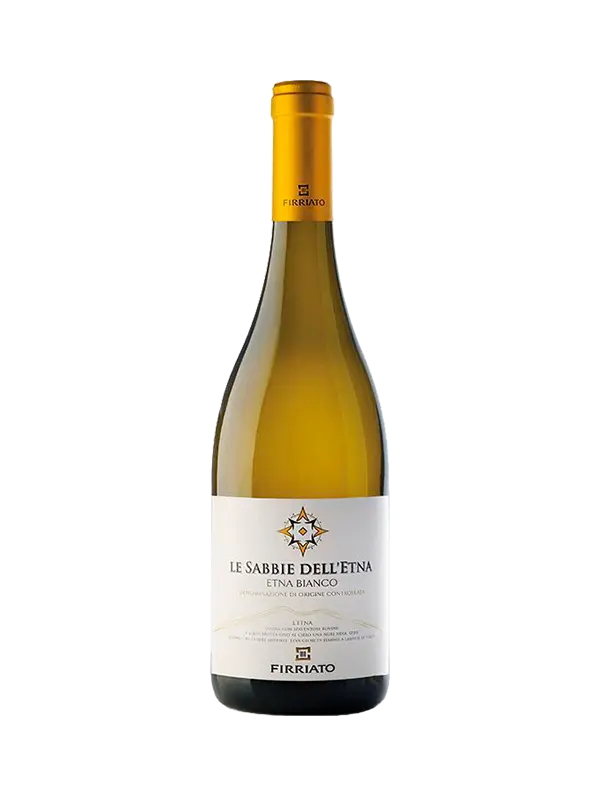
Firriato Etna Bianco
Read more
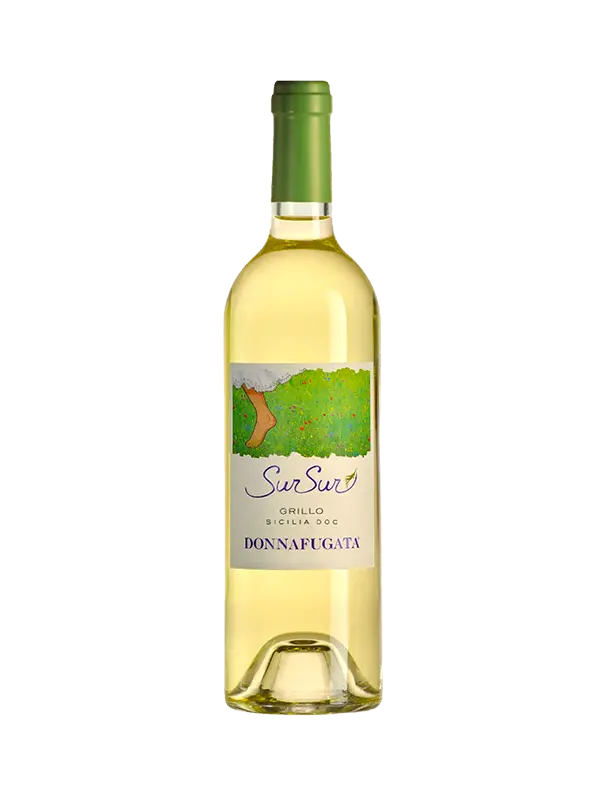
Donnafugata Sur Sur Grillo
Read more
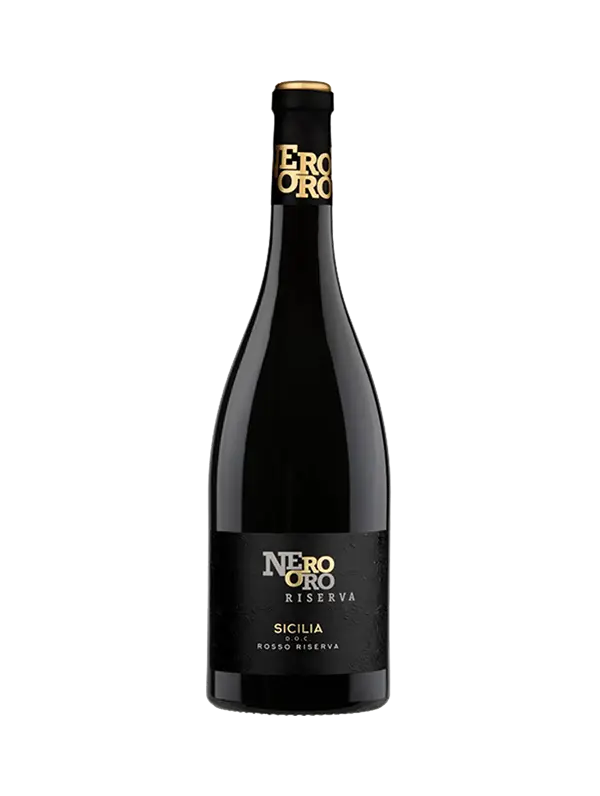
Nero Oro Riserva Nero D’Avola
Read more
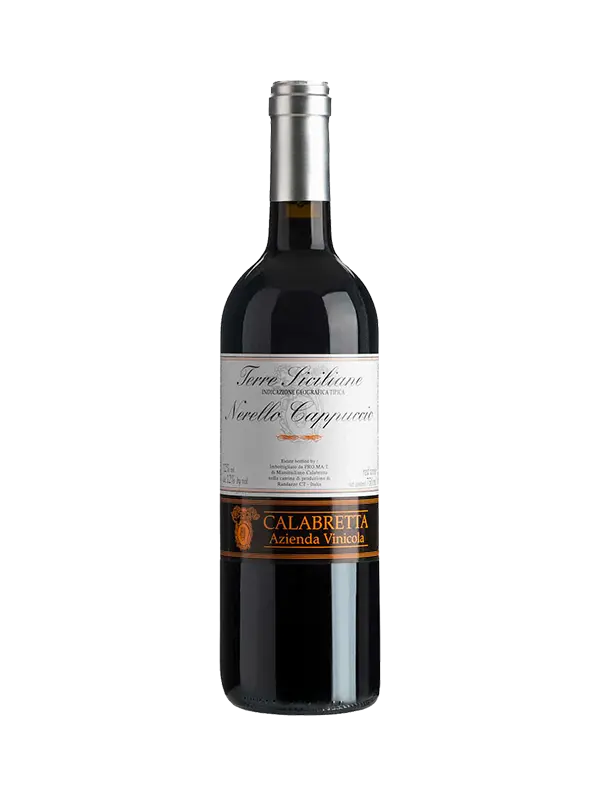
Calabretta Nerello Cappuccio
A rare single varietal Nerello Cappuccio with red berry flavours and earthy, smoky notes.
Read more
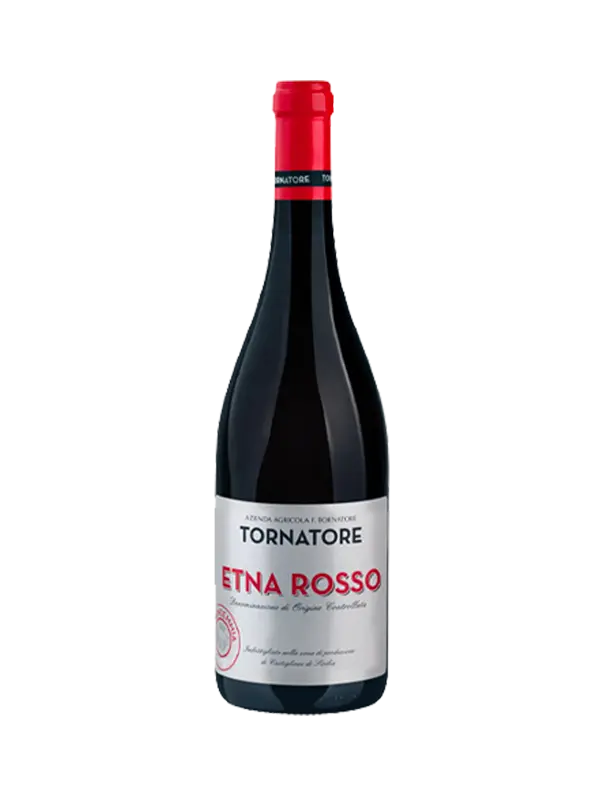
Tornatore Etna Rosso
Read more
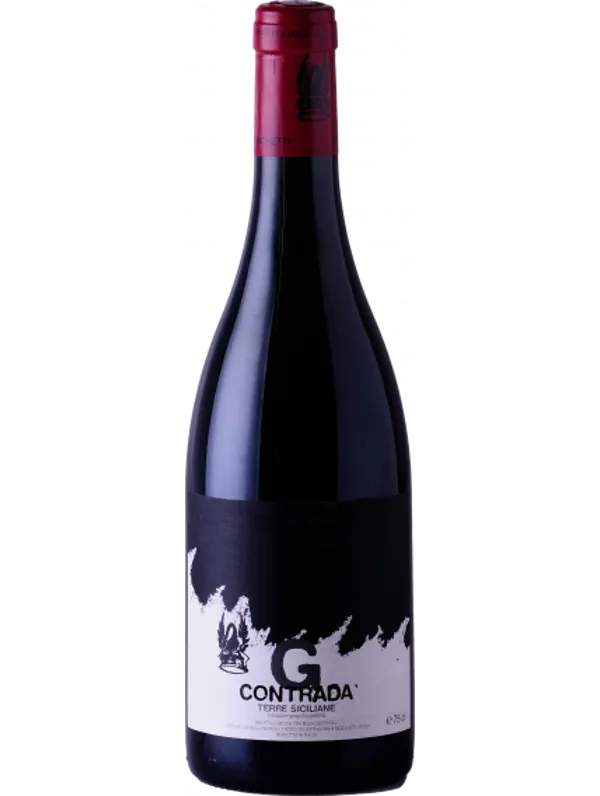
Passopisciaro Contrada G
Intense aromas of red fruits, black cherries, and herbs with mineral undertones. Well-balanced softness and a tannic finish. Open an hour before; pairs with aged cheese and meaty pasta. Cellar up to 15 years.
Read more
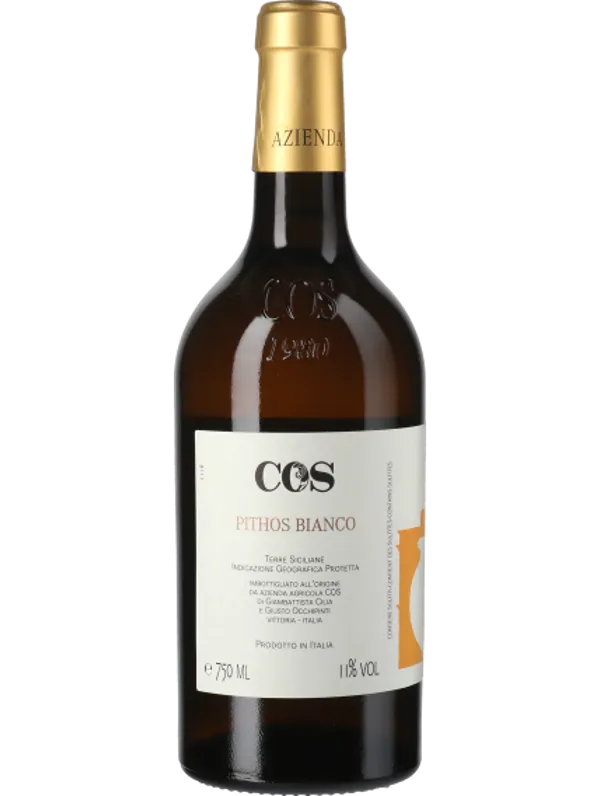
COS Pithos Bianco
Biodynamic Grecanico orange wine. Tropical fruit, cider, olive on the nose. Tastes of white peach, toasted almonds. Balanced acidity. Drink now or cellar 4 years.
Read more
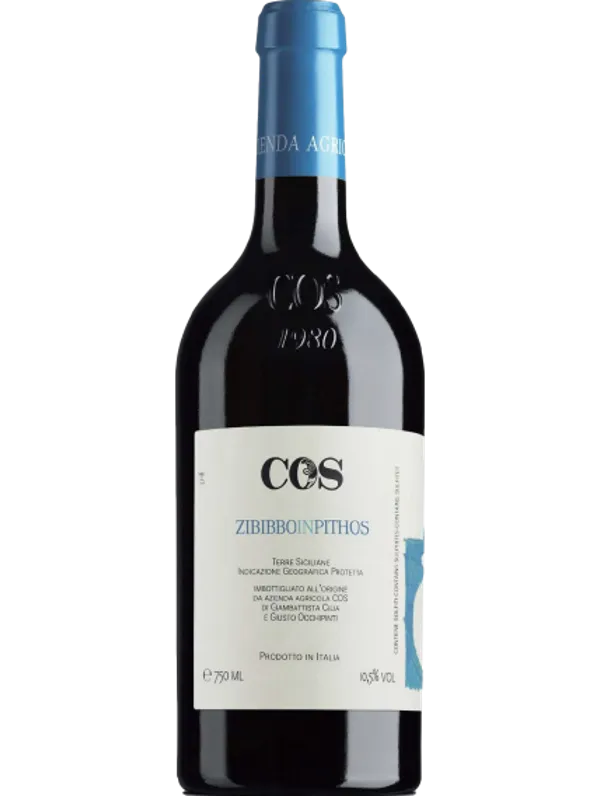
COS Zibibbo in Pithos
Biodynamic Muscat from Marsala. Aromas of almonds, honeysuckle, tropical fruits. Rich texture, stone fruit flavors, sweet spice. Cellar for 8 years or enjoy now.
Read more
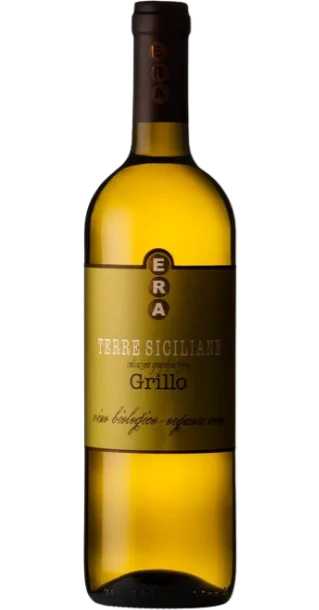
Era Grillo Organic
Organically certified. Stony Calcareous soil. 12-hour skin maceration, fermented and aged in stainless steel 3-4 months, plus 3 months in bottle.
Read more
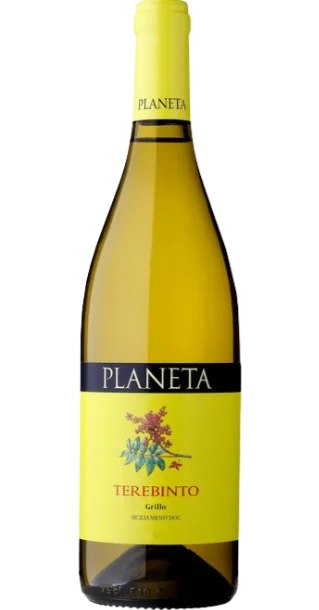
Terebinto Grillo
Aromatic white, notes of apricot, tropical fruits like lychee and pineapple. Fresh and textured.
Read more
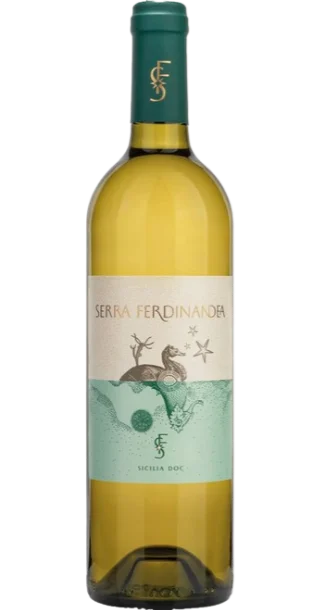
Bianco
Sunny yellow, green highlights. Acacia, camomile, honey, nut bouquet. Balanced wood, fresh minerality, and a long finish.
Read more
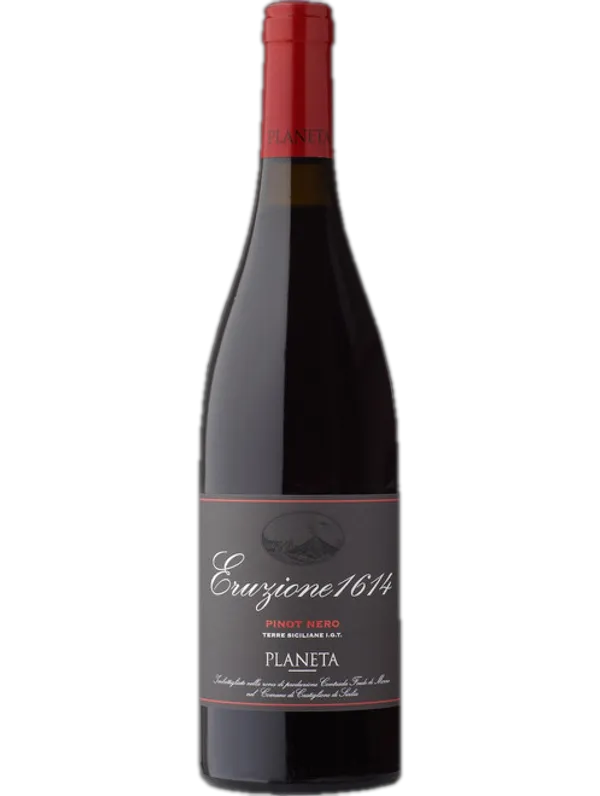
Eruzione Etna Pinot Nero
A luxurious 2020 red, layered with baked fruits and vanilla. Balsamic and leather notes lead to a mineral, saline finish.
Read more
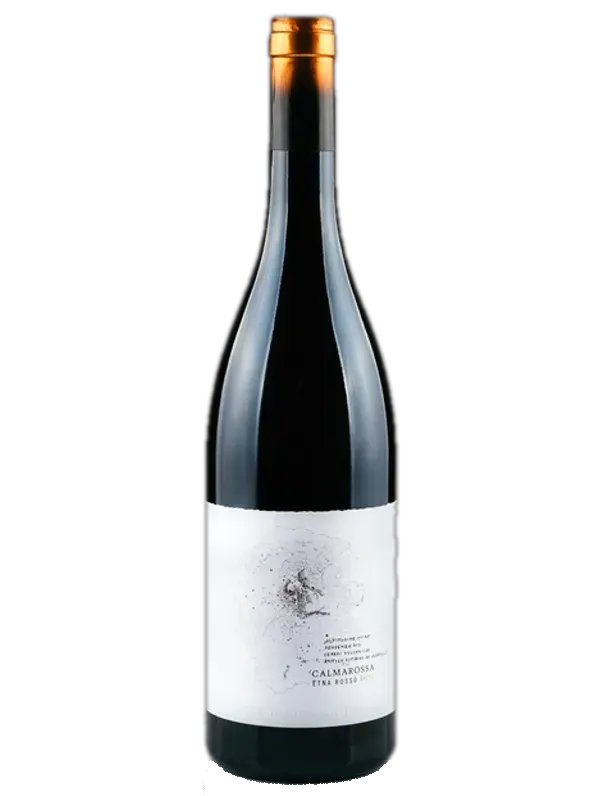
Santa Maria La Nave, Calmarossa, Etna Rosso, Etna
Indulge in this 2018 Etna Rosso from Sicily, featuring 100% Nerello Cappuccio grapes. A red wine offering complex notes for a refined palate.
Read more
Sicily's key Wine Areas
Etna DOC
This Sicilian wine region produces some superior quality fruit. It is located in the foothills of Mount Etna, where there is exceptionally potent volcanic soil. This is believed to give the grapes a mineral character, with even some smoky tones. The most commonly planted grapes in the area are Nerello Mascalese, Nerello Cappuccio, Carricante, and Catarratto.
Marsala DOC
Located on the Western Sicilian coastline, the Marsala DOC comprises the city of Marsala and its countryside. Here, the famous Marsala fortified wine is produced, in both dry and sweet styles. Both white and red grape varieties are grown in this region. The red grapes you will typically find are Nero d’Avola and Nerello Mascalese. The white grapes grown are mostly Ansonica, Catarratto and Grillo.
Cerasuolo di Vittoria DOCG
This small, but mighty wine region is known for its Cerasuolo di Vittoria wine. The wine region is ancient, found in the southern end of the island. The wines consist particularly of two grape varieties: Nero d’Avola and Frappato. The result is an elegant medium-bodied wine, with cherry and floral notes.
Sicilia DOC
This designation covers the entire island of Sicily. It ensures the quality and authenticity of all Sicilian grapes. Sicily looks as if it is being kicked by the toe of the Italian peninsula. This makes Sicily easy to access from mainland Italy. From Messina, on Sicily’s eastern coast, you can easily reach Reggio Calabria by boat.
Food Parings
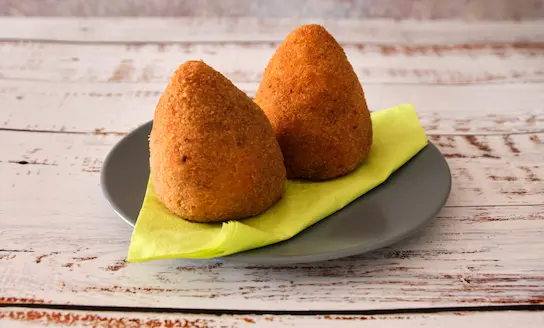
Starter: Arancini
These fried rice balls are the ultimate Sicilian street food. They are typically filled with saffron-infused rice and meat ragù.
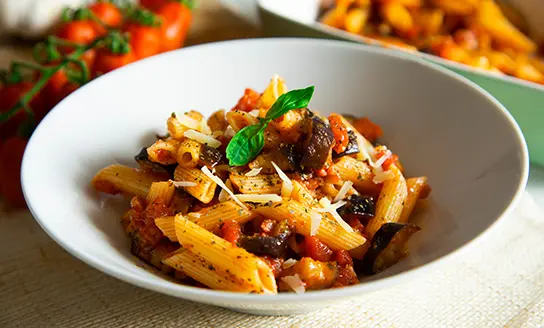
Main course: Pasta alla Norma
This is the iconic Sicilian pasta dish featuring tomatoes, eggplant, and ricotta salata cheese.
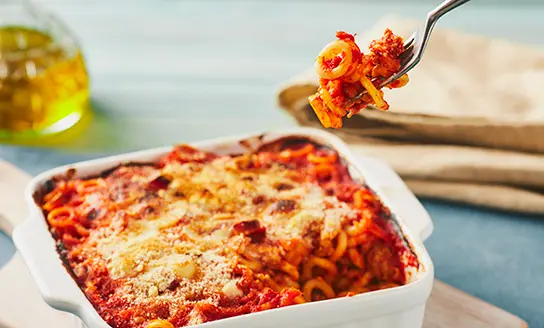
Main course: Anelletti al forno
Translating into ‘little rings’, anelletti is a delicious pasta type, traditionally baked with local meat, cheeses, and tomato.
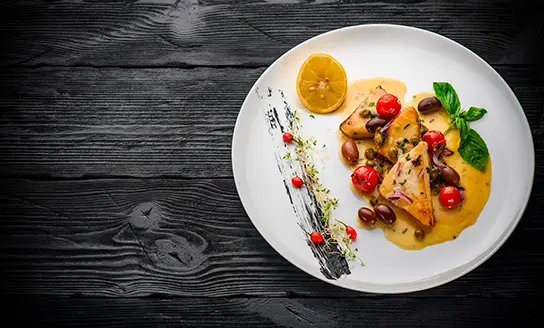
Second course: Pesce spada alla Siciliana
This is a wonderful preparation of swordfish which is commonly fished on the coasts of Sicily. This dish features tomatoes, breadcrumbs, and local olive oil.

Dessert: Granita and brioche
Granita is a frozen dessert made of water and ice, with tons of flavour options and often served with a fresh-baked brioche on the side.
Sicily's culinary roots run just as deep as its grapevines. The island’s rich soil nourishes some incredible produce and livestock and these local ingredients form the heart of its food culture.
The best way to enjoy Sicilian food is with a glass of Sicilian wine. The beautiful acidity of Etna Rosso wines for instance makes the classic eggplant caponata taste even more fabulous. A chilled glass of Grillo or even Etna Bianco pairs marvellously with the bounty of Sicilian shellfish-based dishes. Let’s not forget about desserts: Passito di Pantelleria dessert wine is a perfect match for fresh Sicilian peaches in the summer.
FAQS
What wine is Sicily known for?
Sicily is known for many different kinds of wines. In terms of dry wines, the most famous is Nero d’Avola, Sicily’s most widely planted red grape. Sicily is also very famous for its dessert wines. Marsala wine and passito di pantelleria are the best examples.
What grapes are grown in Sicily?
Sicily has numerous indigenous grape varieties, both white and red. Nero d’Avola, Nerello Mascalese, Frappato, and Nerello Cappuccio are the most planted red grapes. Grillo, Catarratto, and Carricante are the most common white grapes.
What is distinctive about Sicily’s wines?
Sicilian wine grapes are typically grown on rich volcanic soil. This is said to make Sicilian wines more mineral, refreshing, and sometimes smoky. This all can vary on the type of grape and the winemaking style.
Which is the best time to visit Sicily?
To take advantage of the island’s beautiful beaches, visit Sicily between May and July or September to October. Avoid visiting in August when it is most hot and crowded with tourists. The weather is always pleasant in Sicily, so if you’re not concerned with sunbathing, visiting the cities in the off-season (November to April) is ideal to avoid tourists.
What is unique about Sicily compared to other parts of Italy?
Sicily is a culinary paradise with some of the best food and wine in all of Italy. Sicily is known to be much more affordable, with some prices feeling like highway robbery for the quality. Plus, the two major cities, Palermo and Catania, sit right along the coast. This lets you see the sights and have a beach day.
Want to know it all?
Sicily: region in a Nutshell
Total vineyard area:
112,000 hectaresTotal wine production per year:
5.6 million hectolitersNumber of producers:
30,000Number of DOCGs:
1Number of DOCs:
23
Sicily’s Wine History
Winemaking in Sicily dates back thousands of years. Before Italy was even born, Sicily was making wine. When the Greeks arrived on the island in the 8th century, they began introducing their winemaking skills. This included many modern tools to make winemaking more efficient and wines more delicious.
Flash forward to the present day, many indigenous Sicilian grape varieties are still grown around the island. Many wineries produce Nero d’Avola, which is now enjoyed worldwide. There are also many new generation Sicilian producers who are harnessing Sicily’s epic winemaking history. Producers like Arianna Occhipinti are making Sicily’s rare varietals front and centre. These wines are what truly make the island shine.
Sicilian's Viticulture
The history of viticulture in Sicily dates back thousands of years. Before the Greeks even arrived, grapes were grown and fermented. Yet, when the Greeks arrived on the island, viticulture modernised substantially. They introduced systematic vine planting. This drastically improved overall wine quality.
Vines in Sicily were not just planted anywhere. For centuries, many communities planted grapevines on the steep slopes of Mount Etna. This area’s volcanic soils are rich in organic matter and nutrients needed for optimal vine development. Another area where viticulture flourished for centuries is Vittoria, in the southern part of the island, where terra rossa soils are dominant. These are clay-rich soils that are known to yield some impressive quality grapes.
Sicily’s Top Wineries to Visit
Benanti
Based in the Etna DOC in eastern Sicily, Benanti makes some impressive red wines from Nerello Mascalese and Nerello Cappuccio grapes. They also produce some excellent whites as well, typically 100% Carricante.
Occhipinti
Female winemaker Arianna Occhipinti is doing outstanding things at her winery in the Vittoria region of south-eastern Sicily. She is known for her honest and minimal-intervention winemaking. Her winemaking brilliance shines most in her use of frappato, a rare Sicilian varietal. She also plays with other grapes, like Nero d’Avola and Zibbibo, to make other stellar blends.
Marco De Bartoli
Marco’s winery is challenging the old-school reputation of Marsala wine. He’s shown how Marsala is more than just a simple cooking wine. His Marsala is incredibly artisanal, made in both dry and sweet styles. He also makes highly-respected dry and sparkling wines, usually from native varieties like Grillo and Zibibbo.
Best White Wines from Sicily
Grillo:
A native grape that produces full-bodied wines with stone fruit, spice, herb and floral notes.
Carricante
This superstar native grape is typically grown in the vibrant volcanic soil around Mount Etna.
Catarratto
Indigenous to Western Sicily, Catarratto produces lively citrus-driven wines with a wonderful minerality.
Zibibbo
Zibibbo (Muscat) is an exceptionally floral grape used for both dry and sweet wines.
Best Red Wines from Sicily
Nero d’Avola
Sicily’s most widely planted red grape. Full-bodied wines with dark fruit flavours, cherry and prune.
Nerello Mascalese
At home in the volcanic soil around Mount Etna, it produces a complex light-bodied wine.
Nerello Cappuccio
The sibling of Nerello Mascalese. This native grape adds softness and colour to Etna Rosso.
Frappato
A rare variety grown almost exclusively in Sicily making light bodied, fresh and fruity wines.
